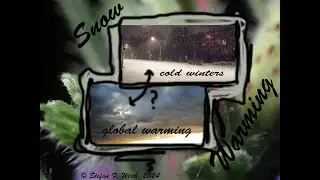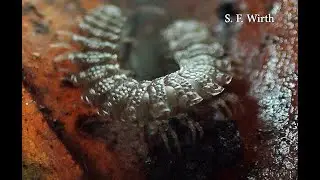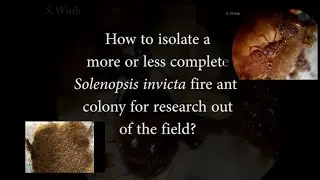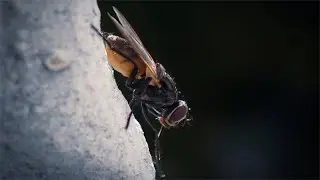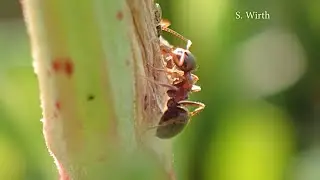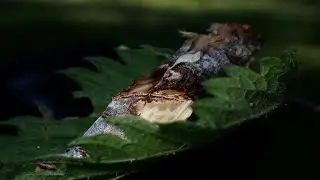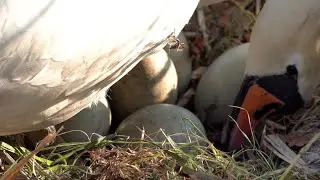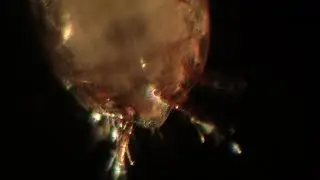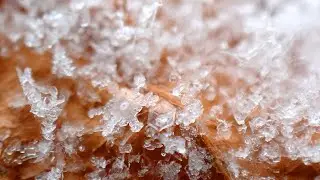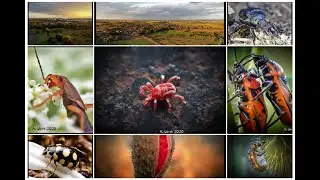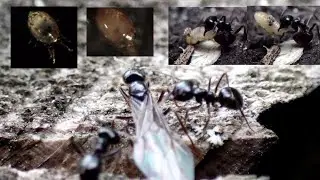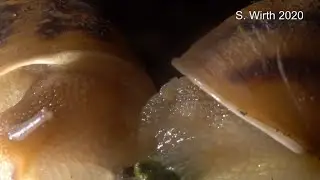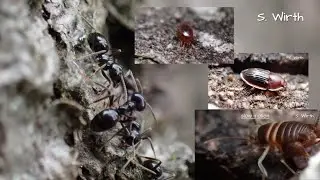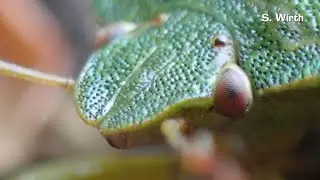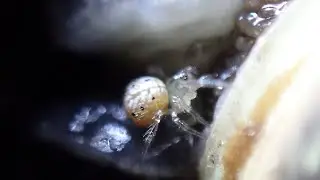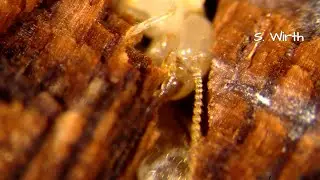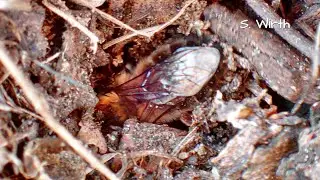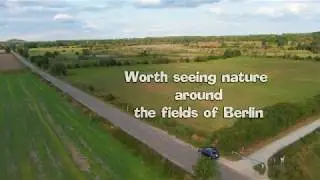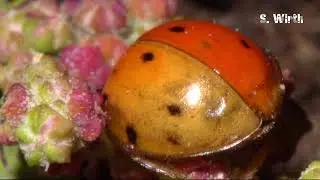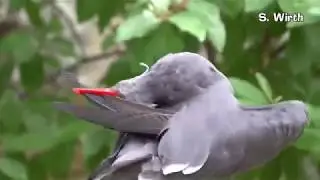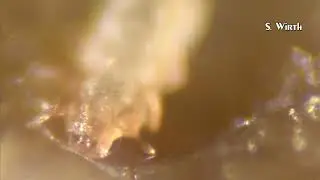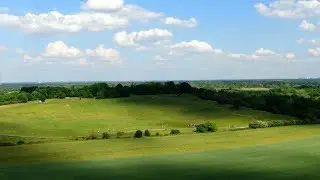Schwiebea mites: Hibernating on Phosphuga beetles
Micro survivors in deadwood
The late winter 2021 did not end abruptly. While early blooming plants ignored the cold and were not even harmed during snowfall in early April, other life became not less active, but stayed hidden.
The forests in urban park Rehberge were partly exposed to natural conditions including deadwood in form of felled tree trunks and tree stumps.
Dead wood is a very favored hideaway for many organisms, most of them being of microscopic size. Organisms being enabled to digest cellulose fuse it as food source and even as major habitat, where they spend their lives. Fissures in the decomposing wood or the space behind the bark and also the bark itself offer protection and warmth isolation for all those periodical or permanent inhabitants.
Some organisms live from those, who digest wood. Cellulose incorporating fungi can offer food sources for bacteria, mites or some insects. But even insects can digest wood, some needing for this purpose a symbiosis with specific bacteria inside their intestines.
Mites taking a ride on insects
How do very tiny animals disperse, when they have no wings? They could use the wind to get blown into far away new habitats, but they also might simply walk, in case they are well protected against dehydration.
Mites of the Astigmata (Acariformes) are very tiny, can't fly by themselves and dehydrate too fast and thus don't walk by themselves over greater distances.
They perform a specific strategy: taking a ride on bigger animals with some preferences for winged insects. For that purpose, a specific instar with suckers on their undersides attach to suitable carriers. This stategy is called phoresy. Phoretic organisms do not directly harm their carriers. But they might introduce harming fungus spores into the insect nest. This is known for some bark beetle mites.
I found in beginning of March 2021 two adults of the beetle Phosphuga atrata of unknown genders close to each other under the bark of felled tree trunk of Tilia platyphyllos in urban park Rehberge in Berlin. They sat adjacent to an isopod of Oniscus asellus and several young larvae of Cucujus cinnaberinus. I discovered them seemingly in their hibernating habitats, as there were not yet higher temperatures of more than 4-8 °C allowing the reawakening of hibernating life.
P. atrata and C. cinnaberinus larvae had passengers, with which they shared their winter rest: P. atrata had deutonymphs of the mites Schwiebea cf. nova and Schwiebea cf. eurynymphae on the dorsal lateral edges of the elytrae and more rarely also on coxae on the beetle's undersides. The species visibly differ in size and also their behaviors. The smaller S. cf. nova shows on the beetles, but also after isolation on microscopic slides much different behaviors than its neighbors of the same genus. .
S. cf. nova deutonymphs were more active and quickly changed on the beetle's body their positions, when they felt disturbed. Species' names need to be equiped with a "cf." between genus and epitheton, when the determination is not clear. In that case, only the phoretic mite instar was available, but for a save determination, also adults would be required. Additionally the hosts were not typical for both species, although. I even did not find pblished records of any Astigmata mites on the here named insects.
Larvae of Cucujus cinnaberinus also were covered, mostly attached to the legs, with mite deutonymphs. I determined them only on the genus level as Rhizoglyphus sp., and I also found no literature indications of astigmatid mites on these insects.
For a clear determination, mites must be reared to adults. This is still in order to be tried.
Forest
Towards April the forest changed its colors remarkably, blooming everywhere, butterflies, bees and birds creating a sound of spring and new life.
Milder temperatures even in the evenings, people visiting the parks of the German capital. The smells of moist wood, mosses and early flowers as proof for an actively living young nature.
All copyrights Stefan F. Wirth, Berlin March/April 2021
Смотрите видео Schwiebea mites: Hibernating on Phosphuga beetles онлайн, длительностью часов минут секунд в хорошем качестве, которое загружено на канал Stefan F. Wirth 01 Май 2021. Делитесь ссылкой на видео в социальных сетях, чтобы ваши подписчики и друзья так же посмотрели это видео. Данный видеоклип посмотрели 203 раз и оно понравилось 8 посетителям.






![Drake - Club Paradise [Extended]](https://images.reviewsvideo.ru/videos/OuFh_a9qcwg)


